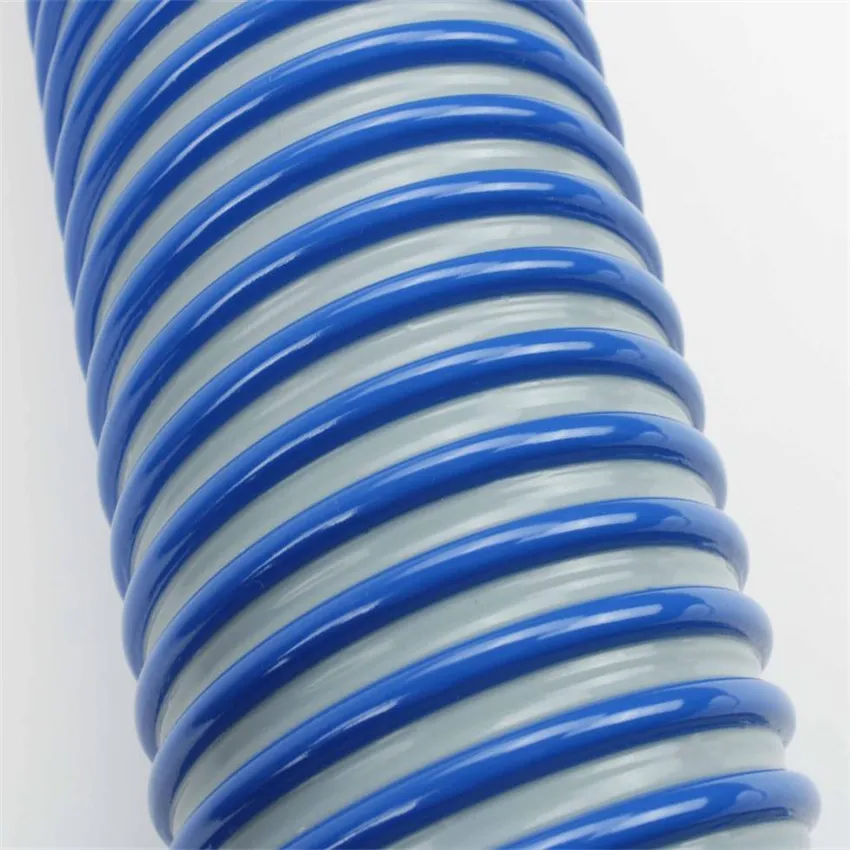lpg gas hose regulations
Understanding LPG Gas Hose Regulations
Liquefied Petroleum Gas (LPG) is widely used for heating, cooking, and powering vehicles due to its efficiency and convenience. However, the safe handling and transport of LPG are of paramount concern, particularly when it comes to the hoses that transfer this gas from storage to appliances and devices. LPG gas hose regulations are crucial for ensuring safety and preventing accidents. This article will detail the essential aspects of these regulations and their significance.
The Importance of LPG Hose Regulations
LPG is a flammable substance, and any mishandling can lead to severe accidents, including leaks, fires, or even explosions. Therefore, stringent regulations govern the design, testing, and use of LPG hoses. These regulations aim to ensure that hoses can withstand the pressures and chemical properties of LPG, thereby reducing the risks associated with gas transfer.
Key Regulations and Standards
Various organizations and governmental bodies have established guidelines and standards to regulate LPG hoses. In the United States, for example, the American National Standards Institute (ANSI), the National Fire Protection Association (NFPA), and the American Society for Testing and Materials (ASTM) have developed comprehensive standards. Similarly, in Europe, the EN 1762 standard regulates hoses for LPG applications.
1. Material and Construction LPG hoses must be constructed from materials that are resistant to both the gas itself and the high pressures involved. Common materials include rubber compounds and thermoplastic elastomers, designed to endure high temperatures and mechanical stresses.
2. Pressure Ratings Hoses must have specified pressure ratings that indicate the maximum internal pressure they can handle safely. It is critical for users to select hoses that are rated higher than the expected operating pressure.
3. Testing and Certification Regulatory bodies require that LPG hoses undergo rigorous testing to ensure they meet safety standards. Tests often include burst pressure tests, elongation testing, and leak tests. Certifications from recognized organizations provide assurance of compliance with safety standards.
lpg gas hose regulations

4. Marking and Identification To facilitate proper handling and identification, all LPG hoses must be clearly marked with essential information such as the manufacturer’s details, pressure ratings, and applicable standards. This helps users ensure they are using the correct hoses for their specific applications.
5. Inspection and Maintenance Regular inspection and maintenance of LPG hoses are paramount. Users should check hoses for signs of wear, cracks, or any deterioration that could compromise their integrity. Any damaged hoses should be replaced immediately to prevent any potential hazards.
Regulatory Compliance Responsibilities
Both manufacturers and users have specific responsibilities to ensure compliance with LPG gas hose regulations. Manufacturers need to adhere to standards during the production process, ensuring all hoses pass required safety tests before reaching the market. They must also provide clear instructions regarding the use, maintenance, and storage of these hoses.
Users, on the other hand, are responsible for selecting appropriate hoses and ensuring they are installed and maintained correctly. This includes following guidelines for storage, transportation, and connection of hoses, as improper handling can lead to leaks and other dangerous situations.
The Future of LPG Hose Regulations
As the demand for LPG continues to grow globally, so does the need for stringent safety regulations. Future advancements may include more sophisticated materials that enhance durability and resistance to leaks. Moreover, increased emphasis on environmentally-friendly manufacturing processes is likely to shape the regulations surrounding LPG hoses.
In conclusion, understanding and adhering to LPG gas hose regulations is essential for ensuring safety and preventing accidents associated with gas transfer. As users and manufacturers continue to navigate the complexities of compliance, education, regular maintenance, and adherence to established standards will remain critical. By prioritizing safety through proper regulation and responsible usage, we can harness the benefits of LPG while minimizing risks effectively.
-
Top Quality Oxy Acetylene Hoses for Sale Fit for Welding DemandsNewsJul.28,2025
-
The Future of Pneumatic Air Tubes in IndustryNewsJul.28,2025
-
Superior and Reliable LPG Hose Pipe Solutions for Every NeedNewsJul.28,2025
-
Exceptionally Durable and Versatile Premium Braided PVC TubingNewsJul.28,2025
-
Best Adapters for Connecting Garden Hose to PVC Pipe ConnectionsNewsJul.28,2025
-
The Essential Role of LPG Hoses in Safe and Efficient Gas DistributionNewsJul.16,2025














